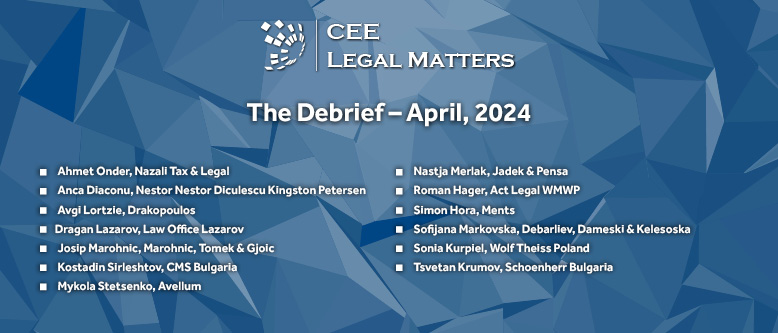Under Hungarian private law, legal relationships aimed at performing various tasks on the basis of instructions are generally based on either employment contracts regulated by Act I of 2012 of the Labor Code (Labor Code) or services agreements governed by Act V of 2013 of the Civil Code.
Misclassification arises when a hiring organization designates a worker as an independent contractor and enters into a services agreement with them although an employment contract should have been concluded based on the content elements of the services and the nature of the rights and obligations specified by the parties. The primary motivation behind misclassification is often cost reduction as it allows employers to bypass mandatory employee benefits and protections provided by the Labor Code. Unfortunately, this places the worker at a significant disadvantage, depriving them of essential rights and safeguards granted to employees, such as minimum wage, overtime compensation, severance payment, rights related to termination, and many others.
The risks and possible legal implications of misclassification mainly depend on which authority assesses the nature of the legal relationship between the parties. Either way, if misclassification is established, the employer may face serious consequences such as a labor fine imposed by the labor inspection authority as a result of an employment supervisory inspection, a tax penalty imposed by the tax authority, or even an action for damages brought before the relevant court by the worker. With respect to this, it is crucial for employers to be able to differentiate between employment contracts and services agreements in order to avoid the risks of misclassification.
In Hungary, the key instrument in determining the difference between an employment contract and a services agreement is No. 7001/2005. (MK 170.) FMM-PM Guideline (MK170). Although MK170 was repealed as of January 1, 2012, the Hungarian Supreme Court (Kuria) still views its content as applicable, and further decisions of recent case law also take the content of MK170 into account when differentiating between employment contracts and services agreements. Based on the specific qualification marks provided by MK170, a set of dos and don’ts may be established to assist employers in drafting their agreements with independent contractors while navigating misclassification issues cautiously.
First, it is advisable to steer clear of any Labor Code terminology (e.g. “wages,” “working day,” “rest period,” “severance payment”) within the agreement.
Furthermore, the agreement should be meticulously drafted to specify the tasks assigned to the independent contractor in a manner that prevents them from appearing as routine or repetitive. However, it is essential not to overemphasize the independent contractor’s constant availability and readiness for task execution as this can unintentionally suggest the existence of an employer-employee dynamic.
It is also suggested to reinforce the flexibility of collaboration in the agreement by setting forth that the independent contractor may engage a subcontractor, manage their own schedule and workspace, and use their own tools, resources, and materials. Moreover, emphasizing the independent contractor’s responsibility for their own work and health and safety further delineates the distinction from a traditional employment relationship. Additionally, it is prudent to underscore the individuality of the independent contractor and structure the relationship between the parties so that it qualifies as rather horizontal. This may be achieved by ensuring that the hiring organization’s right to provide instructions does not extend to the minute details of the independent contractor’s tasks. Likewise, whenever feasible, granting the independent contractor the freedom to engage with other clients reinforces their status as an autonomous professional. In terms of financial arrangements, fees and payment terms should be structured so that they appear not too similar to the remuneration in a typical employment relationship. For instance, monthly itemization of the tasks and calculation of the monthly fee based on such itemization might be suggested since it is not quite conventional in an employment relationship.
Finally, it is also recommended to avoid liability constructions resembling those outlined in the Labor Code as these could inadvertently imply an employment relationship.
In conclusion, the intricacies of employment classification in Hungarian private law necessitate a thorough understanding of the distinctions between employment contracts and services agreements. Misclassification, stemming from the misdesignation of workers as independent contractors, can lead to significant disadvantages for the workforce and substantial legal consequences for employers. By meticulously detailing agreements with independent contractors, employers can safeguard themselves against misclassification risks and foster a fair and legally compliant working relationship for all parties involved.
By Peter Berethalmi, Partner, and Zsuzsanna Lukacs, Associate, Nagy es Trocsanyi
This article was originally published in Issue 10.9 of the CEE Legal Matters Magazine. If you would like to receive a hard copy of the magazine, you can subscribe here.


























